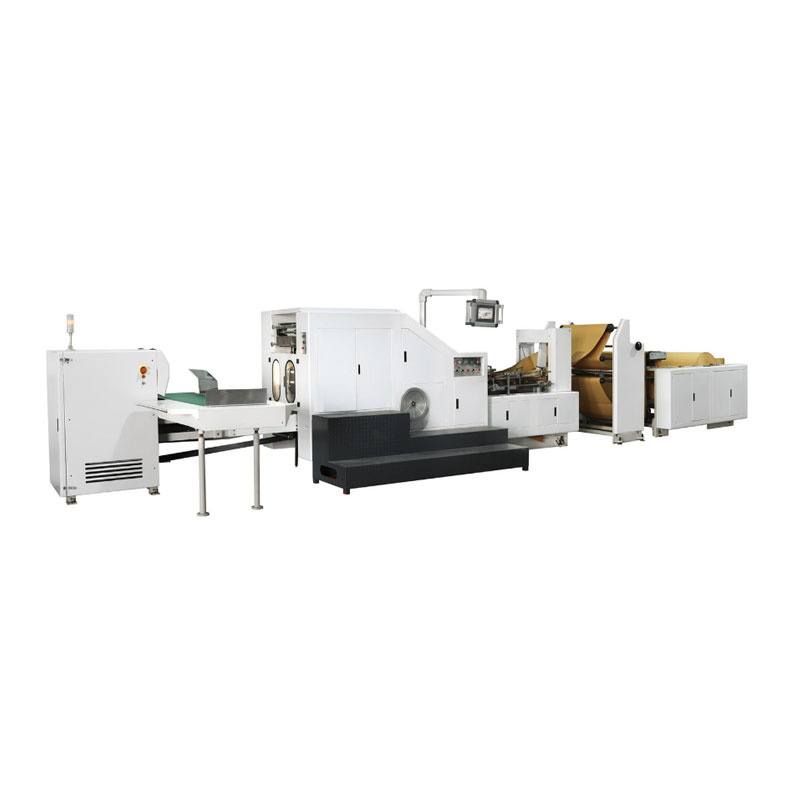Will a Paper Bag Machine finally fix my lead times and quality problems?
2025-11-20
I began with scissors, glue, and long nights. As orders grew, I shifted toward a cleaner, faster setup and discovered that pairing disciplined processes with NEW STAR equipment—especially a Paper Bag Machine—changed everything from training to delivery windows. If you are wondering whether a Paper Bag Machine is the right step for handbags, square bottom, boutique, and shopping bags, here is the practical view from my shop floor.
What problems did manual production create for my customers and crew?
- Work stalled at each station because one bag had to be fully finished before the next started.
- Finish quality drifted with fatigue and individual skill, causing uneven seams and warped bottoms.
- Complex square bottoms and handle styles were slow to standardize, which invited rework.
- Scaling meant adding headcount instead of throughput, stretching training and QC.
- Lead times slipped, and buyers lost confidence when promos and store rollouts neared.
How does a Paper Bag Machine change the production math?
With a Paper Bag Machine, steps are synchronized in batches—tubing, gusseting, bottom forming, and handle options move forward in parallel. That shifts us from “finish one, then start one” to continuous flow with predictable output per hour.
- Roll feed with tension control keeps registration tight for print and folds.
- Gusset forming locks capacity and keeps silhouettes crisp on display.
- Bottom pasting secures square bases so loads don’t punch through.
- Inline handle units add twisted or flat paper handles without a second pass.
- Counting and rejection ensure accurate cartons and clean pack-out.
Which bag types can I run without constant retooling?
On a single Paper Bag Machine, I cover everyday retail shopping bags, boutique gift bags, and reinforced handbags. Recipes store width, gusset, cut length, glue, and temperature, so changeovers feel like recalling a playlist rather than rebuilding a line.
What setup choices decide day-one results?
- Paper grade and caliper from recycled kraft to coated stock depending on brand feel.
- Bag geometry width, gusset, and cut length aligned with top SKUs.
- Adhesive plan water-based or hot-melt tuned to speed and finish.
- Handle strategy inline twisted or flat, or post-applied when specs demand it.
- Vision checks for alignment and glue so speed does not erode cosmetics.
Where does the return on investment really come from?
- Labor consolidation one trained crew runs stable throughput.
- Waste reduction servo cutting and closed-loop gluing cut rejects.
- Faster changeovers recipes shorten idle time between SKUs.
- Reliable ETAs win bigger orders and reduce expedite fees.
- Lower energy per good bag thanks to steady-state operation.
| Production mode | Typical speed | Headcount | Changeover effort | Defect risk | Best fit |
|---|---|---|---|---|---|
| Manual | Low single digits per minute | High | High every step is manual | High depends on skill and fatigue | Micro batches, samples |
| Semi-automatic | Tens per minute | Medium | Moderate some modules need touch | Medium variable | Mixed job shops |
| Fully automatic Paper Bag Machine | High sustained throughput | Low one trained crew | Low stored recipes | Low vision and closed loop | Retail supply and boutique brands |
How do I keep quality consistent when I raise speed?
- Closed-loop tension keeps edges and graphics aligned.
- Servo cutters hold length within tight tolerances to protect print margins.
- Smart glue control monitors temperature and bead to avoid leaks or dry joints.
- Inline inspection flags off-spec pieces before packing.
- Digital batch logs simplify audits for national retailers.
What should I check before choosing a Paper Bag Machine?
- Supported size range mapped to your top five SKUs, not just max/min on paper.
- Handle unit flexibility twisted rope, flat paper, patch reinforcement.
- Material window recycled kraft, white kraft, coated or laminated stock.
- Regional parts and service to keep uptime honest.
- Operator safety covers, clear guards, and clean maintenance access.
- Recipe and training tools so new staff reach stability quickly.
If those boxes are ticked, a Paper Bag Machine is less a purchase and more an operating system for your finishing room.
Why did I ultimately choose NEW STAR for my line?
With NEW STAR, installation, training, and recipe support arrived together. On one platform, I produce handbags, square bottom shopping bags, and boutique styles. The result is consistent output, tighter delivery promises, and fewer after-hours fixes—all anchored by a dependable Paper Bag Machine.
Am I ready to move from handwork to dependable automation?
If you are chasing reliable quality at scale, a Paper Bag Machine is the most direct path from promise to delivery. Share your target sizes, materials, and weekly volume, and I will outline a starter recipe you can run day one. To compare options from NEW STAR and see how a Paper Bag Machine fits your floor plan, send an inquiry or contact us for samples, a virtual run, or a cost-per-bag estimate. Let’s turn deadlines into a schedule you can trust.
